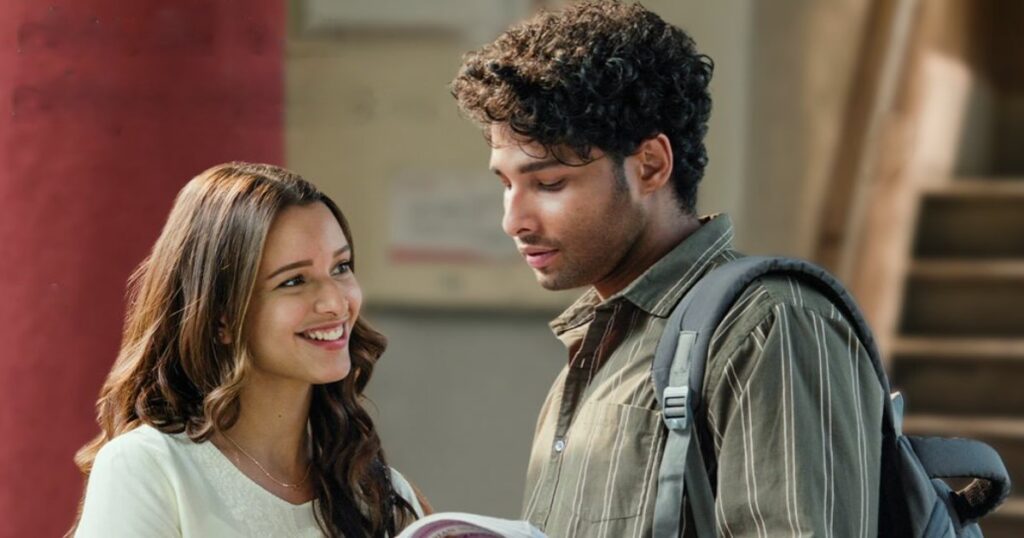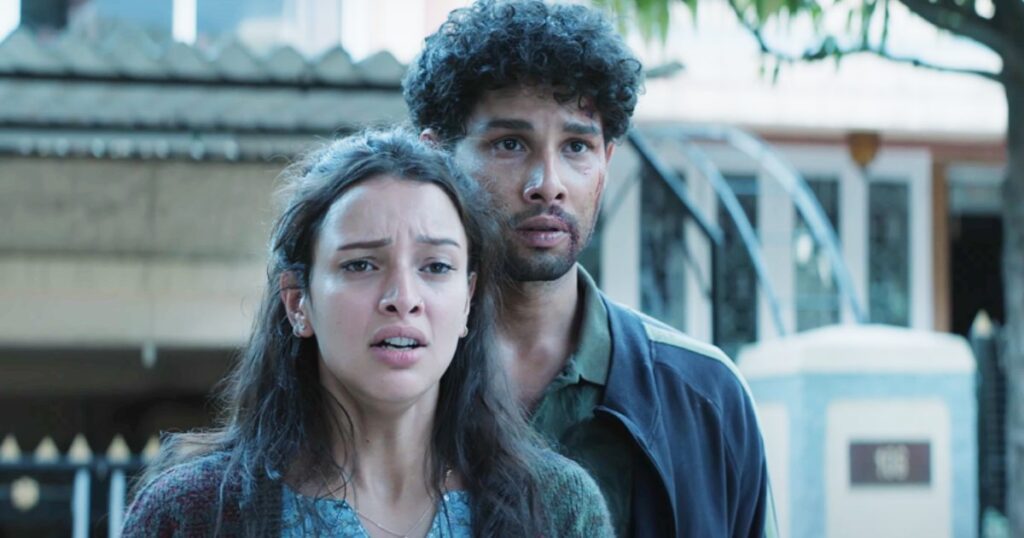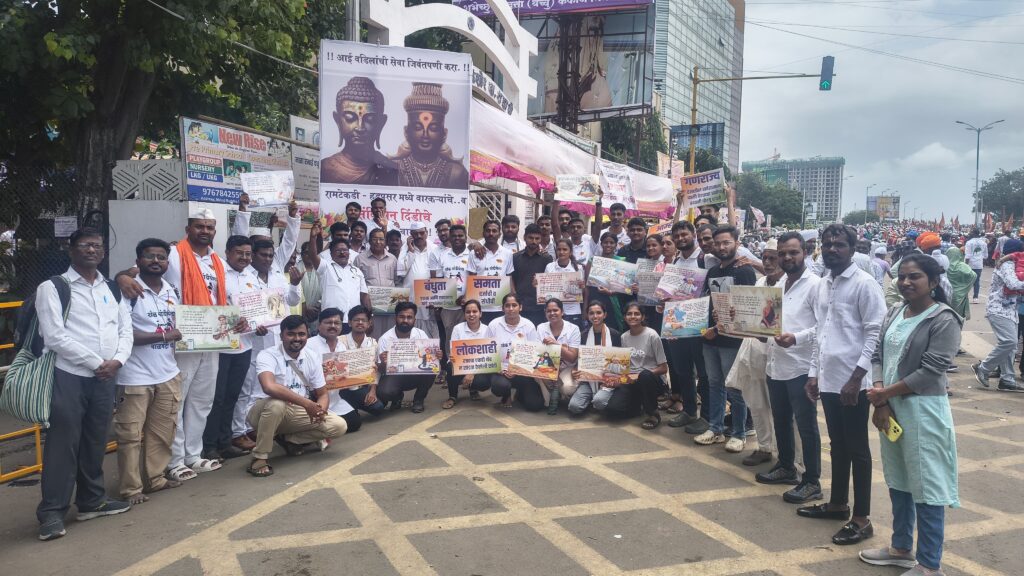Kartik Nair | 18th August 2025
Dhadak 2, the Bollywood film directed by Shaizia Iqbal and starring Siddhant Chaturvedi and Tripti Dimri, has sparked significant discussions, especially among youngsters. The film, which is a remake of the critically acclaimed Tamil movie Pariyerum Perumal, dives into the sensitive and often ignored issue of caste-based discrimination in India. While the movie has a love story at its core, its exploration of caste, injustice, and social norms leaves a notable impact on the younger generation.
What does the filmmaker wish to tell the public?
The film focuses on Neelesh, a Dalit protagonist, and Vidhi, an upper-caste female lead—challenging traditional power dynamics often seen in Bollywood films. This resonates with young viewers who are increasingly demanding representation and stories that reflect diverse realities within India and highlight the serious problems inside the nation.
The script revolves around Neelesh, who gets admission to a prestigious law college through the reservation quota. Coming from a Dalit community, he faces severe discrimination from upper-caste classmates and even professors who treat him with disdain. The only ray of hope is Vidhi, the girl he loves. What happens next, and their struggle, form the premise of the movie.
The strength of Dhadak 2 lies in its ability to bring caste oppression to the forefront, showcasing the struggles and humiliation faced by many people simply because they are born into marginalized communities. For many young people, especially those from privileged backgrounds, this may be an eye-opening experience. It forces them to reflect upon how what they take for granted is, in reality, a harrowing process for others. It compels them to confront a reality they may have ignored.
By depicting the complexities of inter-caste relationships and societal backlash, Dhadak 2 can spark important conversations among friends, families, and even in classrooms about casteism and its enduring impact. Tripti Dimri’s character, Vidhi, taking a stand against caste discrimination is crucial, as it reinforces that love knows no boundaries. It may even encourage empathy and understanding.
What it means?
While Dhadak 2 may appear to be just another romance, it consciously avoids becoming a run-of-the-mill love story where love conquers all. Instead, it brutally tethers its characters to the harsh realities of caste issues, shattering the illusions of many young viewers. For those living in a bubble of privilege, this film delivers a much-needed reality check.

The imprint of it?
Young people who watched the film came to understand the intricacies of the Varna system in India and how deeply it continues to affect everyday life. They realized that those enduring caste-based oppression are often left to navigate hardships alone. While privileged audiences can only empathize from a distance, the lived experiences of Dalit communities remain unique and deeply painful.
Some scenes—particularly those depicting violence and bloodlust—provoked discomfort among certain viewers. The film’s honest portrayal of humiliation and violence tied to caste discrimination can be disturbing, but that is precisely why it is important. Neelesh’s journey from hesitation to rebellion serves as an inspiration for young audiences to confront injustice in their own lives and communities.
Dhadak 2 is more than just a love story—it reflects the society we live in today. By showcasing the struggles of Neelesh and Vidhi, the film bluntly illustrates how caste and creed still shape our daily lives, even in modern India. It forces audiences, particularly young people, to acknowledge the unfair realities that many prefer to ignore.

The film is powerful because it does not sugarcoat reality. Unlike conventional Bollywood romances that end with “happily ever after,” Dhadak 2 refuses to romanticize or gloss over caste violence and injustice. This makes it not only an emotional narrative but also a critical social commentary.
Ultimately, the takeaway is that Dhadak 2 is more than entertainment. It is a reminder that young people must confront these issues, question unfair practices, and work toward creating a more just society. The film’s message is clear: silence only fuels oppression, but speaking up can bring change.
Kartik Nair is a media researcher who studies cinema, culture, and social change. His work explores how films and popular narratives shape public understanding of issues like caste, inequality, and representation in contemporary India.



